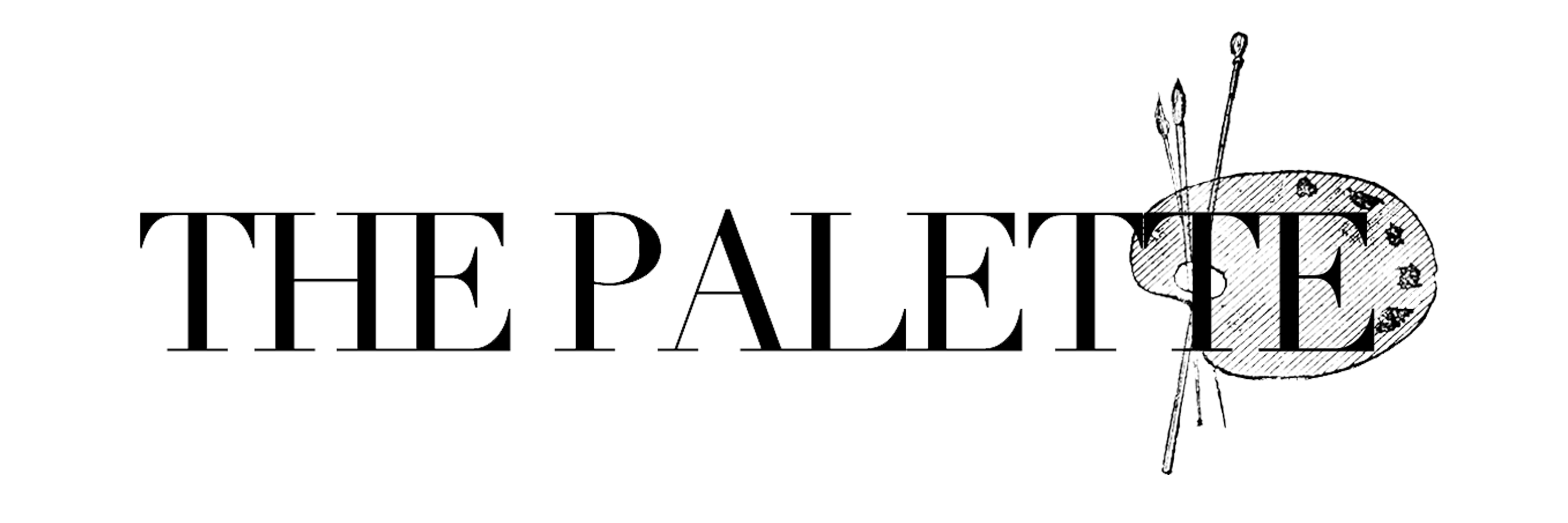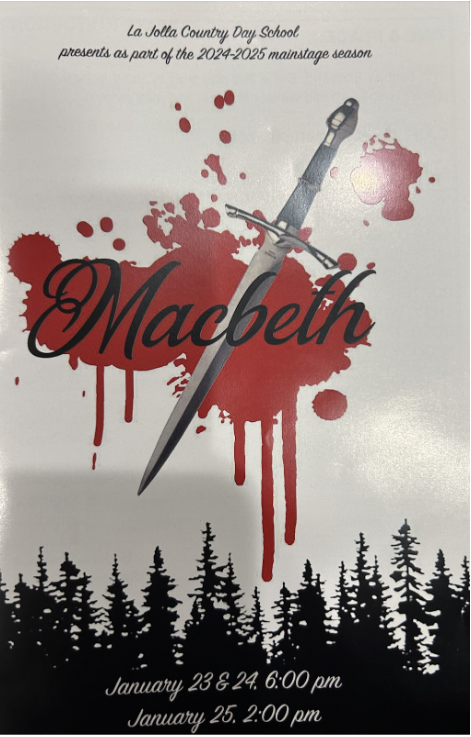Jack-’o-lanterns, costumes, spiders, candy, crows, black cats, ghosts. Halloween has been a quintessential holiday in some way, shape, or form for over 2,000 years, but how did it come to be?
As early as 600 BCE, the Celtic people arrived in Ireland, bringing with them their traditions and holidays, including Beltane, Imbolc, Lughnasahd, and Samhain. Samhain, celebrated from the evening of October 31st to November 1st, was also known as the Celtic New Year and marked the end of the harvest season and the beginning of the darker half of the year.
It was believed that on the night of Samhain, the veil between the physical world and the spiritual world was at its thinnest and spirits of people long gone were able to walk the earth. Many of these spirits were those of ancestors and Celtic families would host a ‘dumb supper’, in which both the living and dead would come together to dine.
Alongside benevolent spirits, more dangerous beings, including the Aos Sí, were believed to cross into the land of the living. To avoid the Aos Sí the Celts would wear disguises so as to confuse the spirits, and be left alone. A little over 1,100 years after the Celts first celebrated Samhain, the Christians incorporated their version of Samhain, All Hallows Eve, into their calendar and the tradition of wearing costumes to ward off evil continued. Even today, centuries later, many people don costumes on the night of October 31st, without ever knowing the ancient roots of the tradition.
The Aos Sí could not just be confused on the night of Samhain though. Due to their supernatural abilities, they were not only to be feared, but respected and appeased too. To appease them, the Celts would leave food and drink as offerings outside their homes. It was believed that if you did not appease the Aos Sí, they would spoil your crops or inflict illness onto your home. Sometimes though, people would impersonate the spirits and receive the offerings themselves.This may be the root of trick-or-treating. In 1919, author and historian Ruth Edna Kelly wrote The Book of Hallowe’en, the first book-length account of Halloween being celebrated in the Americas. Kelly writes that people would “go a-souling as the English used”. Nowadays, going souling is most similar to trick-or-treating, as people would wear costumes and collect food from doorsteps around the town. Kelly lived in Lynn, Massachusetts, a town which was likely up to 55% Irish in 1920. Many of the traditions she wrote about were old Samhain traditions, reformed by the English and the Christians.
Jack-’o-lanterns are a classic symbol of Halloween, and have roots in Samhain as well, giving the lifeless life, personality, a smile. On the day of the 31st, before the Samhain festival began, the Celts would carve grotesque faces into turnips and field beets to ward off the Aos Sí. Pumpkins, which are native to North America, were first recorded to be carved in the United States in 1837 but it wasn’t actually for Halloween. In fact, Jack-’o-lanterns were given to young children as prizes in Thanksgiving games. The first recording of the association of pumpkins with Halloween in the Americas was in 1866 in a November 1st edition of the Daily News in Ontario. The paper states “There was a great sacrifice of pumpkins from which to make transparent heads and face, lighted up by the unfailing two inches of tallow candle.” Today, these pumpkin carvings are a signature decoration for Halloween, illuminating porches across the world.
While Halloween has changed and evolved through the centuries, it’s important to remember the ancient traditions of Samhain. This Halloween, take a moment to appreciate the age-old Celtic traditions– whether that be while putting on your costume, or carving a pumpkin, or maybe one of your own halloween traditions like watching movies or drinking a pumpkin spice latte.
Happy Halloween, Torreys!







